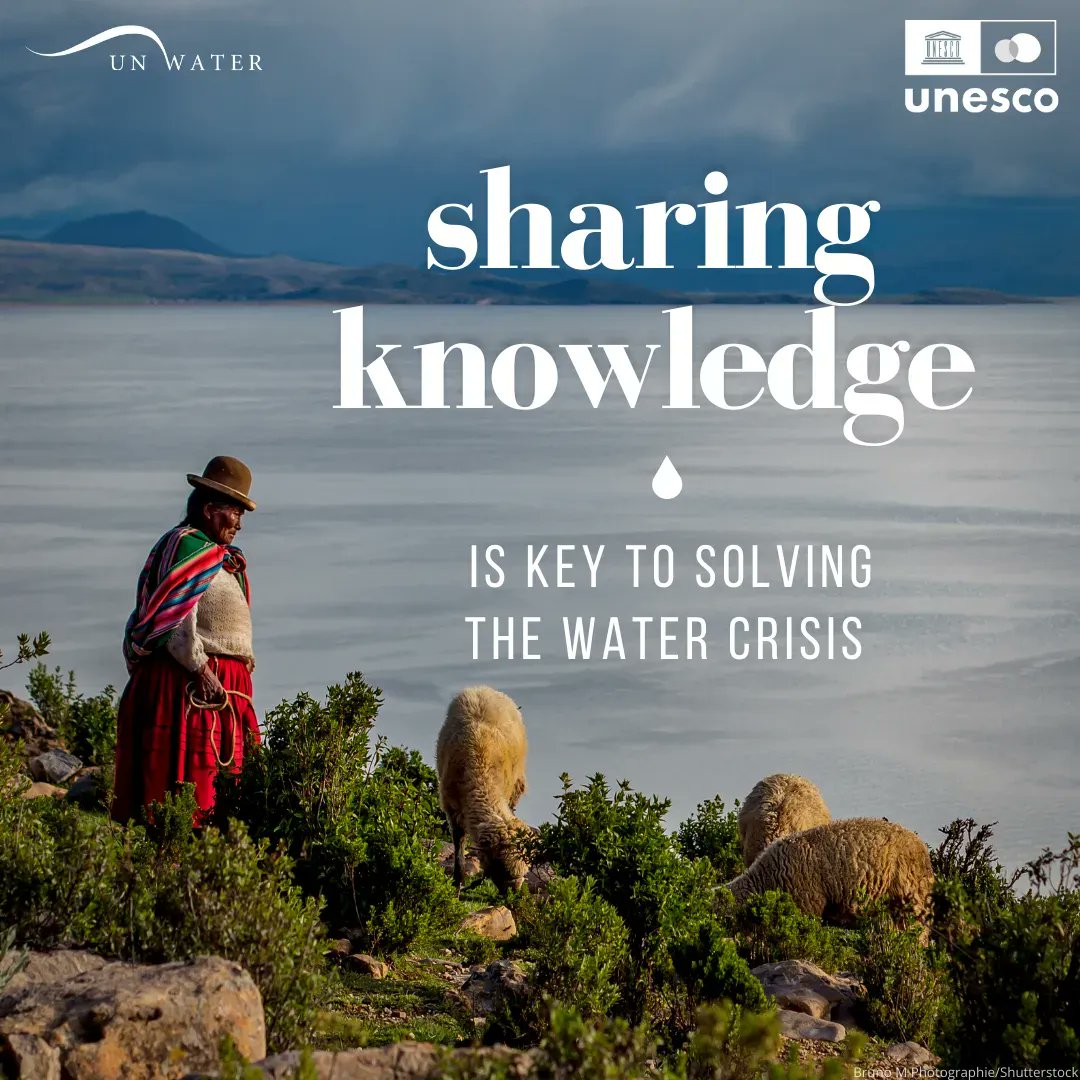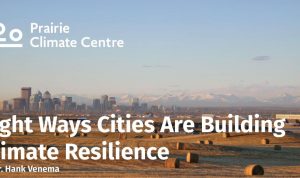UN Warns of Water Scarcity Crisis sets the stage for this enthralling narrative, offering readers a glimpse into a story that is rich in detail and brimming with urgency. As global populations rise and climate change intensifies, the warning signals about water shortages grow louder. This pressing issue impacts billions, threatening food security, health, and overall progress towards sustainable development.
The ramifications of this crisis extend beyond just the availability of drinking water. With agricultural practices reliant on consistent water supplies, farmers face heightened challenges, which in turn affects global food systems. International cooperation and innovative solutions are crucial as we navigate this complex landscape of water management and conservation.
In today’s fast-paced world, the significance of effective communication cannot be overstated. Whether in personal relationships, workplaces, or even casual encounters, how we convey our thoughts and ideas shapes the experiences we have with others. This article delves into the nuances of communication, exploring its various forms, the barriers we often encounter, and the key strategies to enhance our communicative abilities for better connections.
### The Importance of CommunicationCommunication is the foundation of human interaction. It encompasses not just the spoken word but also non-verbal cues like body language, facial expressions, and even the tone of voice. In fact, studies suggest that a large portion of our communication is non-verbal. Understanding this can significantly enhance our interpersonal relationships.Effective communication is vital in various domains of life.
In personal spaces, it fosters understanding and connection between friends and family members. In the workplace, strong communication can lead to enhanced collaboration, reduced conflicts, and improved productivity. In essence, effective communicators can navigate different situations with ease, making it an invaluable skill to develop.### Different Forms of Communication
1. Verbal Communication
This is perhaps the most recognized form of communication. It involves the use of words to convey messages. Verbal communication can be further classified into spoken and written forms. Both have their unique advantages and challenges. For instance, while spoken communication allows for immediate feedback and interaction, written communication provides a record of what has been said, which can be useful for clarity and reference.
2. Non-Verbal Communication
As mentioned earlier, non-verbal cues play a significant role in how our messages are perceived. This includes body language, eye contact, gestures, and even personal space. For example, crossing arms might suggest defensiveness, while maintaining eye contact can indicate confidence and openness.
3. Visual Communication
This form of communication uses visual aids to convey information. This includes graphs, charts, images, and videos. Visual aids can enhance understanding and retention of information, making them particularly useful in presentations and educational settings.
4. Digital Communication
With the rise of technology, digital communication has become increasingly prevalent. This encompasses emails, texts, social media interactions, and video calls. While digital communication offers convenience and speed, it can sometimes lead to misunderstandings due to the lack of non-verbal cues.### Barriers to Effective CommunicationDespite its importance, many barriers can hinder effective communication:
1. Language Barriers
Differences in language can create significant obstacles. Misunderstandings can arise if individuals do not share a common language or if one party is not proficient in the language being used.
2. Cultural Differences
Cultural backgrounds can influence communication styles. What might be considered polite or acceptable in one culture may be perceived differently in another. This can lead to misinterpretations or offense.
3. Emotional Barriers
Emotions can heavily influence how we communicate. Stress, anger, or anxiety might hinder our ability to express ourselves clearly or listen effectively.
4. Physical Barriers
Sometimes, physical settings can impede communication. Noisy environments, lack of privacy, or even poor technology during digital interactions can affect how messages are conveyed and received.### Strategies to Enhance Communication SkillsImproving communication skills is an ongoing process. Here are some effective strategies:
1. Active Listening
One of the most crucial aspects of communication is listening. Active listening involves fully concentrating, understanding, and responding to what is being said. This shows respect and encourages open dialogue.
2. Clarity and Conciseness
When communicating, aim to be clear and concise. Avoid jargon or overly complex language that might confuse the listener. The goal is to convey your message in a way that is easily understood.
3. Empathy
Demonstrating empathy can greatly enhance communication. Try to understand things from the other person’s perspective. This not only fosters connection but also promotes a more open exchange of ideas.
4. Body Language Awareness
Be mindful of your body language and non-verbal cues. Ensure that your body language aligns with your spoken words to avoid mixed messages.
5. Feedback
Encourage feedback to ensure that your message has been understood correctly. This can be as simple as asking, “Does that make sense?” or “What are your thoughts on this?”
6. Practice
Like any other skill, practice is essential. Engage in conversations, join public speaking groups, or even practice through role-playing scenarios to build confidence and proficiency.### The Role of Technology in CommunicationIn the digital age, technology has transformed how we communicate. From instant messaging to video conferencing, technology has made it easier to connect with others, irrespective of geographical boundaries.
However, it also comes with its own set of challenges.For instance, the tone of a message can easily be misinterpreted in text form. Emojis and GIFs have emerged as tools to convey emotions, but they may not always be appropriate for professional settings. Thus, understanding the context and medium is essential in digital communication.On the other hand, technology also provides us with tools to improve our communication skills.

Online courses, webinars, and resources can help individuals learn and practice effective communication techniques. ### The Future of CommunicationAs we move forward, the landscape of communication will continue to evolve. The rise of artificial intelligence, virtual reality, and other technologies will likely change how we interact. For instance, AI-driven chatbots are already being used in customer service, providing instant responses and enhancing user experience.
Moreover, with the ongoing development of virtual and augmented reality, we might soon find ourselves in immersive communication environments that allow for more engaging interactions. This poses both exciting opportunities and new challenges that we will need to navigate.### ConclusionIn conclusion, effective communication remains an essential skill in both personal and professional realms. By understanding the various forms of communication, recognizing the barriers we may face, and employing strategies to enhance our skills, we can foster better connections and navigate the complexities of human interaction.
As we embrace technology and its evolving role in our lives, the way we communicate will undoubtedly change, but the core principles of understanding and connecting with others will remain timeless. To become a more effective communicator, it is crucial to practice continuously. Engage in conversations, seek feedback, and remain open to learning. With determination and effort, anyone can improve their communication skills, leading to richer, more fulfilling relationships in all areas of life.
Detailed FAQs: UN Warns Of Water Scarcity Crisis
What are the main causes of water scarcity?
Main causes include population growth, climate change, pollution, and inefficient water management.
How does water scarcity affect food security?
Water scarcity can lead to reduced agricultural yields, threatening food production and increasing prices.
What can individuals do to help combat water scarcity?
Individuals can conserve water at home, support sustainable practices, and advocate for policy changes.
Are there any technologies that can help address water scarcity?
Yes, technologies like desalination, rainwater harvesting, and smart irrigation systems can help improve water availability.
What role do governments play in managing water resources?
Governments are responsible for implementing policies, investing in infrastructure, and ensuring equitable access to water resources.






